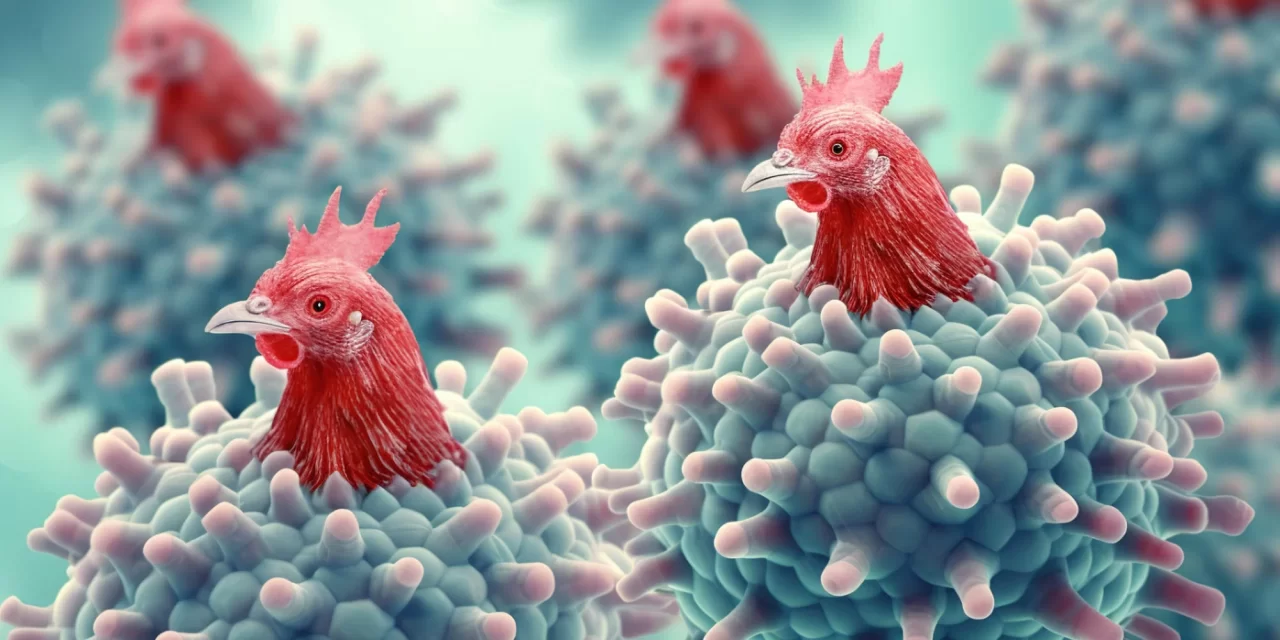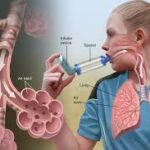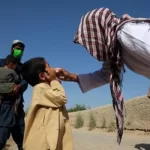Geneva, Switzerland – The rapid and widespread circulation of the H5N1 avian influenza virus has reached an “unprecedented” scale, triggering alarm bells at the Food and Agriculture Organization (FAO) of the United Nations. The FAO, in a statement released on March 16th, warned of the virus’s devastating impact on global poultry populations, the increasing infection of mammals, and the subsequent risks to food security and public health.
The current outbreak has resulted in the culling of hundreds of millions of birds worldwide, leading to significant disruptions in food supply chains. In the United States, egg prices soared to record highs in February, a direct consequence of the culling of over 166 million birds, primarily laying hens, as reported by the FAO. The virus has also been documented in at least 300 new species of wild birds since 2021, posing a severe threat to global biodiversity.
Godfrey Magwenzi, FAO deputy director general, emphasized the potential for “serious impacts on food security and food supply in countries.” Beth Bechdol, another FAO deputy director general, called for increased private sector involvement, specifically in the development of vaccines, diagnostics, and improved veterinary health services.
Beyond the food crisis, the virus’s spread into mammal populations has raised significant public health concerns. Virology researchers, like Pierre Bessière from the National Veterinary School of Toulouse, France, have highlighted the potential for the virus to acquire mutations as it circulates in mammals, making it more dangerous to humans.
“In the United States, as the virus circulates among mammals such as cattle, it acquires adaptive mutations that make it dangerous to humans, even though it was not initially the case,” Bessière explained in an interview with Medscape’s French edition.
While current circulating viruses are poorly adapted to humans, causing mild symptoms, the recent death of a senior citizen in Louisiana and the severe hospitalization of a young girl in Canada highlight the potential for more serious human infections. “It is important to remember that between 1918 and today, there have been four pandemics caused by avian-origin influenza viruses,” Bessière warned, emphasizing the risk of human-to-human transmission chains.
In contrast, France has seen relatively fewer outbreaks, attributed to the vaccination of farmed ducks. A study published by the Chair for Avian Health and Biosecurity at the National Veterinary College of Toulouse indicated that the vaccination program has been highly effective, significantly reducing the number of outbreaks.
“Our team’s modelling work suggests that the vaccination campaign has been a success,” Bessière stated, noting the reduction in expected outbreaks due to the vaccination program.
The FAO and researchers continue to monitor the situation closely, emphasizing the need for global cooperation to mitigate the risks posed by the H5N1 virus.
Disclaimer: The information provided in this article is based on reports and expert opinions available at the time of publication. The situation surrounding the H5N1 avian influenza virus is dynamic and subject to change. Readers should consult with public health officials and relevant authorities for the latest information and guidance. This article does not constitute medical or veterinary advice.












